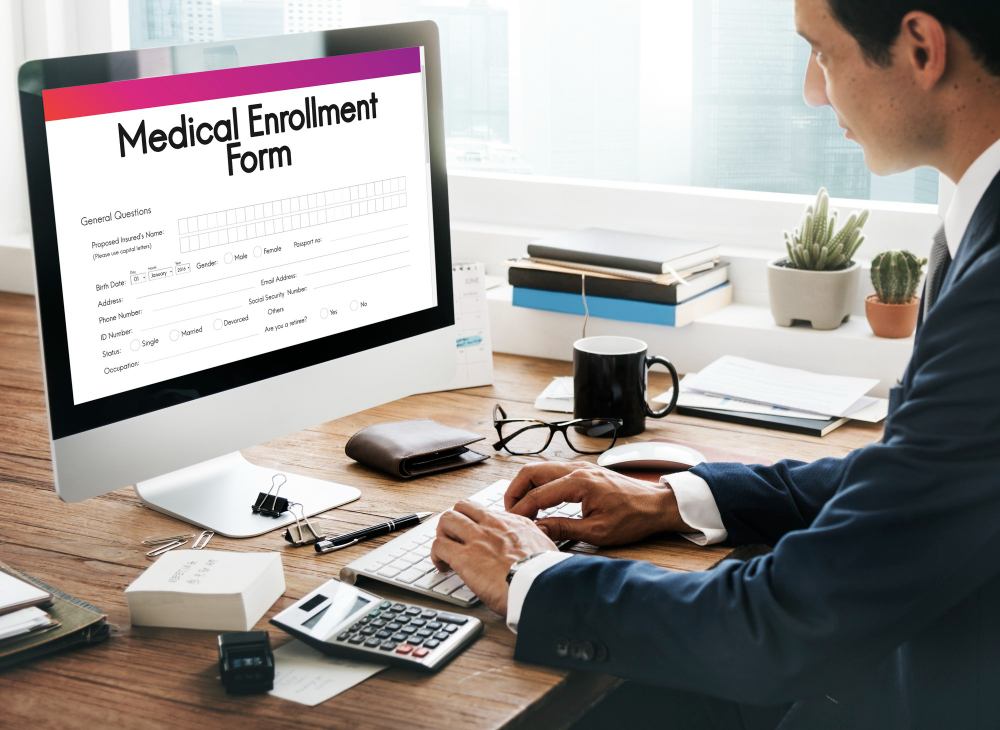Securing the Chain: Mastering Vendor Cybersecurity
In today’s digital era, ensuring the security of information systems and data has become paramount. As businesses increasingly integrate external vendors into their operations, the challenge of managing these relationships while safeguarding against cyber threats has intensified. This calls for a strategic, holistic approach to cybersecurity and vendor management, one that aligns with the organization’s overall security goals. In this guide, we will explore how to enhance your organization’s resilience against cyber threats through effective vendor management.
Establishing Strong Foundations with Vendor Selection
Firstly, selecting the right vendors is crucial. This process extends beyond just assessing cost and capabilities; it involves a thorough examination of their security practices and compliance with regulations. Right from the start, incorporating vendor performance management ensures that your partnerships align with stringent security standards.
By conducting detailed due diligence on a vendor’s security measures and their history with data breaches, you set a strong foundation for your cybersecurity efforts. This step is vital, as it helps mitigate risks and promotes a security-first mindset across your organization.
Continuous Monitoring and Evaluation
Moreover, the journey doesn’t end with onboarding vendors. It’s imperative to continuously monitor and evaluate their compliance with security standards. Regularly incorporating vendor performance management into this process allows for the early identification of potential vulnerabilities.
Frequent audits and security assessments ensure that vendors remain aligned with the agreed-upon security protocols. This ongoing vigilance helps identify any service delivery changes that could introduce new risks, fostering a dynamic and responsive approach to cybersecurity.
Developing a Collaborative Response Plan
Additionally, having a collaborative response plan in place is crucial for addressing security incidents. This plan should detail the responsibilities of both your organization and its vendors, facilitating a swift and coordinated response. Including vendor performance management in this plan ensures all parties are prepared to act decisively and effectively.
The plan must cover communication protocols, containment steps, and post-incident analysis to prevent future breaches. This collaborative stance not only improves response efficiency but also strengthens partnerships through trust and shared objectives.
Implementing Strong Access Control Measures
Furthermore, controlling and monitoring access to your systems is a key part of managing vendor relationships securely. Defining precise access levels based on the least privilege principle ensures vendors have only the necessary access to perform their roles.
Regular reviews of these access privileges, as part of vendor performance management, adjust access in line with service changes. Using technologies for real-time monitoring of vendor activities can quickly detect and mitigate unauthorized access, thereby enhancing security.
Enhancing Data Protection and Privacy
Equally important is enhancing data protection and privacy with your vendors. Collaborating to ensure the use of strong encryption, data anonymization, and secure data storage practices is essential in today’s risk landscape.
Regular assessments of vendors’ data protection measures, as part of vendor performance management, help maintain compliance with privacy regulations. Agreements should clearly outline the vendor’s data breach responsibilities, reducing the risk and impact of potential breaches.
Fostering a Culture of Security Awareness
Lastly, creating a culture of security awareness is vital. This means not just complying with protocols but actively engaging in maintaining security standards. Encouraging vendors to train their staff in cybersecurity best practices and to stay informed about emerging threats strengthens both parties’ security postures.
Assessing vendor’s commitment to security awareness through their participation in training and communication about security concerns is an integral part of vendor performance management. Viewing vendors as partners in your cybersecurity efforts rather than just service providers fosters a more proactive and effective approach to managing security risks.
Conclusion
Taking a holistic approach to cybersecurity and vendor management is not just beneficial; it’s essential. Starting with careful vendor selection, maintaining oversight through access control and data protection, and fostering a security-aware culture, organizations can greatly improve their defense against cyber threats. The integration of vendor performance management throughout these processes ensures that vendor relationships significantly contribute to the organization’s security strategy. As the digital landscape evolves, so too must our strategies for securing it. By adopting a comprehensive and proactive approach, organizations can protect their assets, data, and reputation in an interconnected world.
Read More:
Securing Your Tech Future
Get in touch with us
Related Posts

Securing Patient Data: A HIPAA Guide

Why Every Business Needs Regular Cybersecurity Assessments for Effective Continuity
About Us
